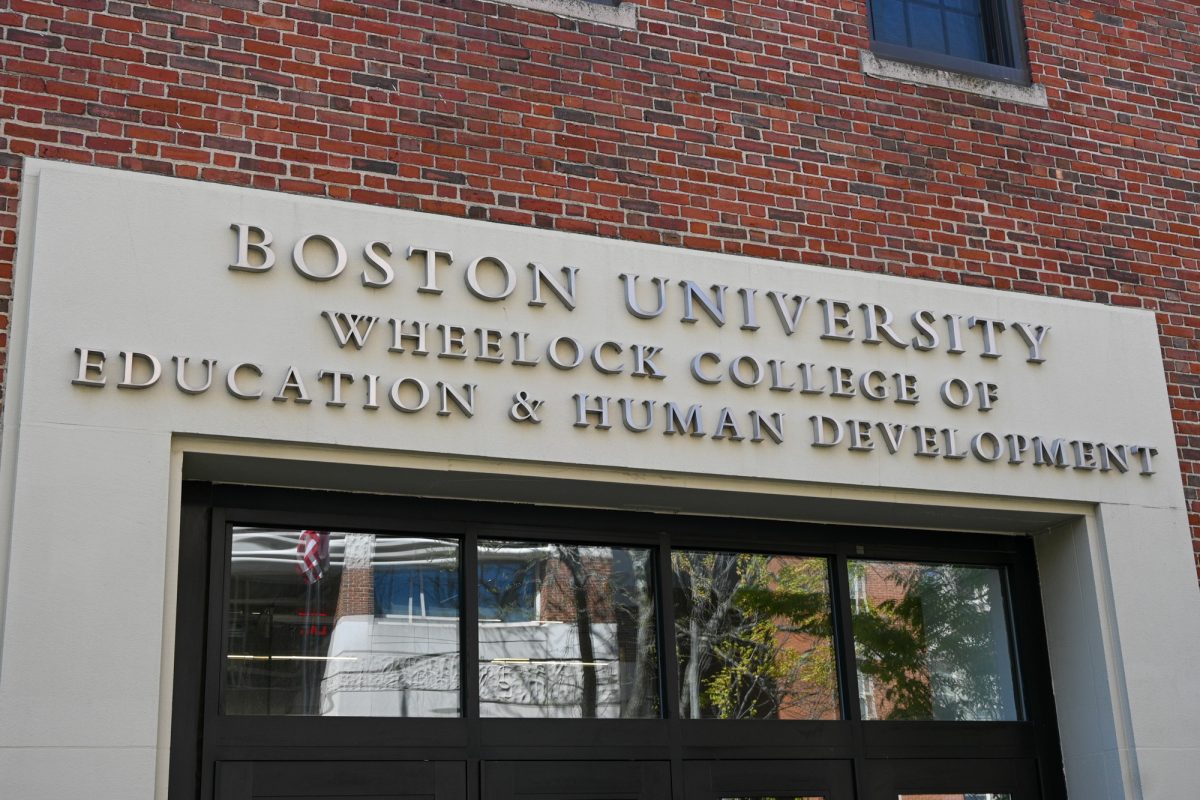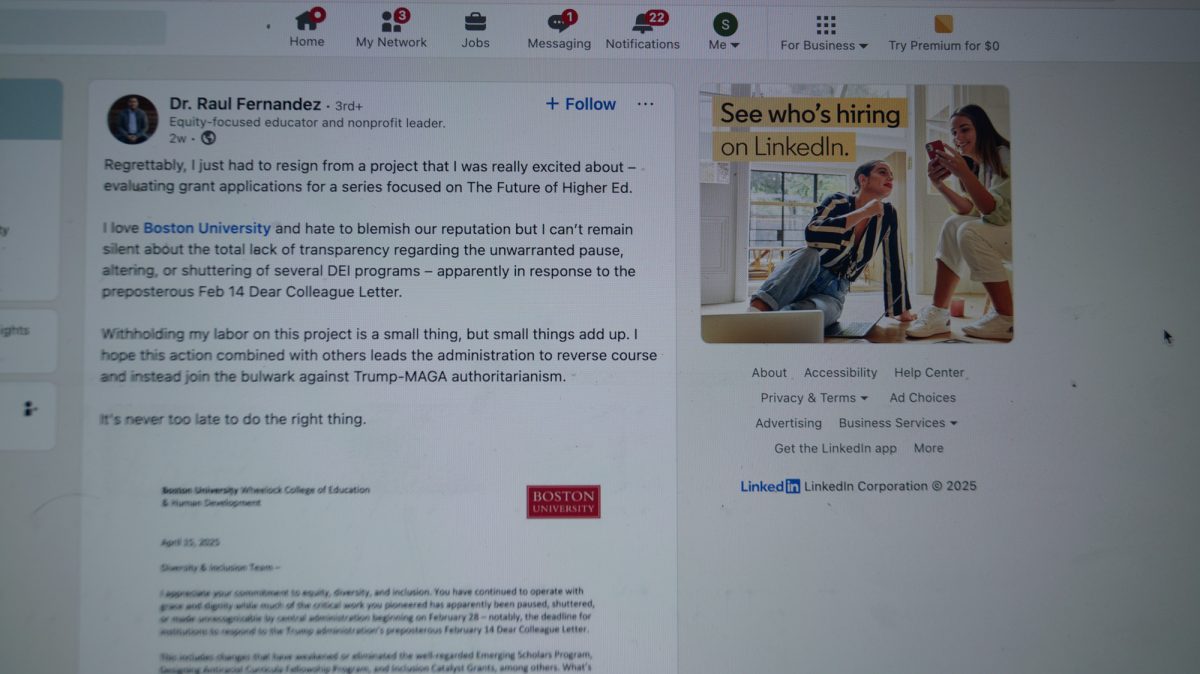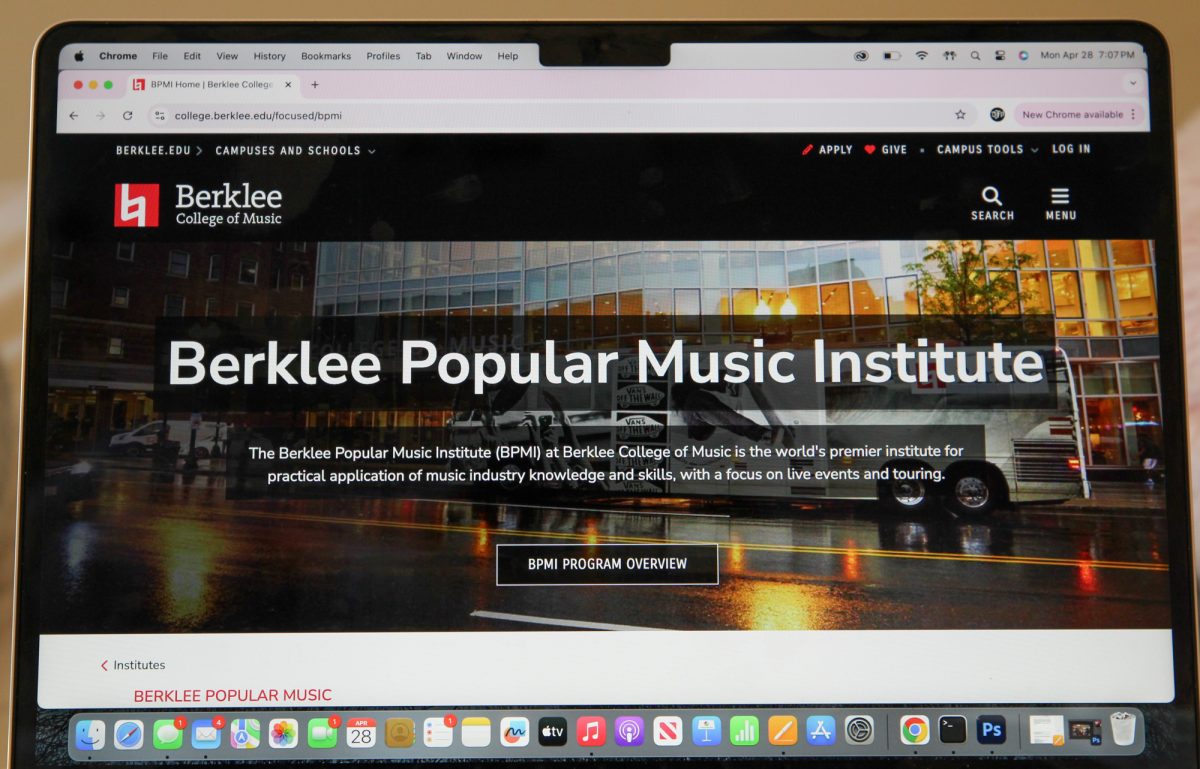Students arriving on campus this September suffered from more than back-to-school jitters as they worried the virus called the Blaster worm had converted their personal computers into paperweights.
Thousands of students brought the virus with them when they moved on campus, Information Technology Director Jim Stone said.
‘It definitely did affect a significant amount of students arriving on campus,’ he said.
The worm, also known as LovSan or MSBlaster, was first detected Aug. 11, according to McAfee Security, a popular anti-virus software company. The worm causes systems running Windows NT, 2000 or XP to reboot so frequently that using the machines becomes virtually impossible.
Unlike viruses, which most often infect computers through emailed attachments and downloaded files opened by the user, worms such as Blaster can infiltrate and infect computers on networks without the user’s knowledge or involvement.
College of Arts and Sciences sophomore James Botros was living on campus in August when the Blaster worm infected his computer.
‘I’m really not sure how it got on, but all of a sudden my computer started shutting down, rebooting and shutting down again after a minute,’ Botros said. ‘It was a very bad timing for that because I had a big final paper to write for my ‘Writing 150′ class that was due in a few days.’
Although Blaster worm could have caused a great deal of strife for the more than 12,000 students on Boston University’s network, students need not worry about the Blaster worm placing them in a situation like Botros’ during the semester, Stone said.
‘Primarily, the reason that the worm didn’t spread across the campus is the quarantine method we used,’ Stone said. ‘Our systems detect viruses, and we were able to detect the infected systems and quarantine them until they got fixed.’
Many students were able to eradicate the worm from their computers by following the instructions on a webpage to which all infected computers were redirected once plugged into the network.
The website provided tools that, once downloaded, would apply a new security patch, scan the computer for viruses and remove any detected viruses.
‘It took 10 minutes to download the patch and remove the worm from my computer once I knew what it was,’ said Botros. ‘It was really easy.’
Other students chose to seek ResNet’s help, and Stone said most BU students have removed the worm.
‘Things are very much under control,’ he said. ‘Almost 100 percent of those students who needed to apply the patch have done so. There are a few stragglers out there still, but those can’t use network services until they solve the problems. They would be infecting others if they did.’
The Blaster worm has reawakened students to the importance of anti-virus software. Thousands have downloaded the patch that fights Blaster worm and other patches offered by BU, and many have downloaded similar patches from other websites to fight other viruses and worms.
‘I was running Norton Anti-virus at the time,’ said Botros. ‘Now I’ve put up a firewall, which I didn’t have before.’
Melissa Razel, a CAS sophomore, was also running Norton Anti-virus when she became a victim of the Blaster worm this summer.
‘Now I have renewed my subscription to Norton Anti-virus Live Update and downloaded patches off a Symantec website,’ Razel said.
Stone suggested any student who has not already downloaded the Blaster worm patch or is not running any anti-virus software to ‘seriously consider doing so.’ In addition, he urges that students use the ‘Windows Update’ feature of Internet Explorer at least once a month to look for additional security patches their systems may be lacking.
‘Under no circumstances should a computer be operating today without one anti-virus [program],’ Stone said. ‘Anti-virus is not a luxury item today. It is a necessity.
‘There will always be new vulnerabilities, and anti-virus software is not the be all and end all,’ he continued. ‘What you need is a combination of anti-virus and patching on your computer. Otherwise, it’s a time bomb.’













































































































